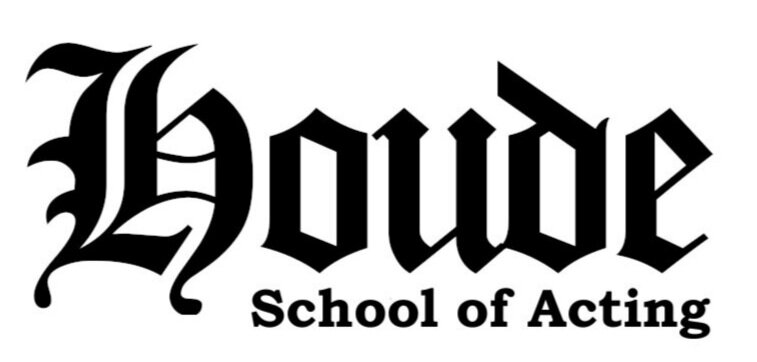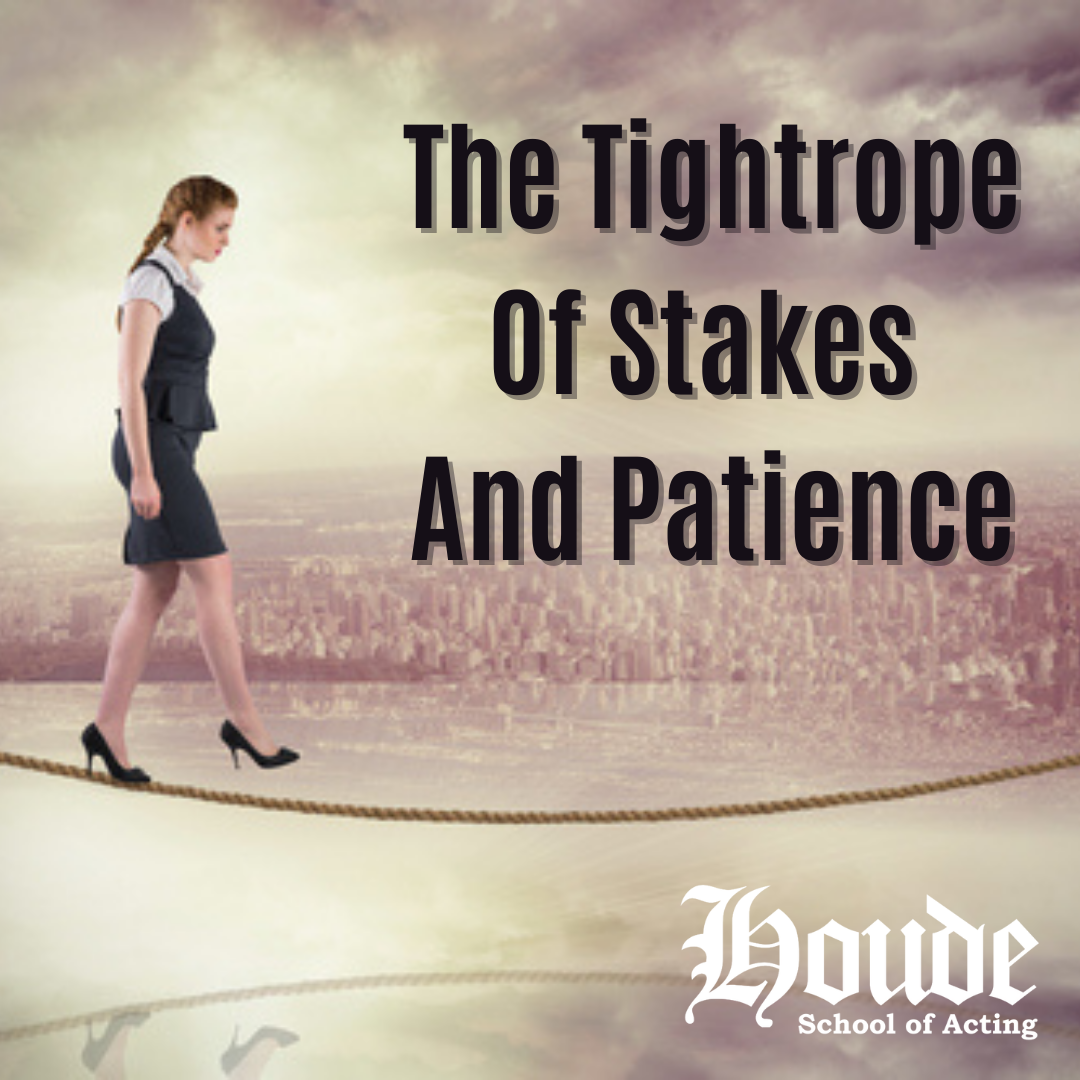The Tightrope Of Stakes And Patience
Every actor is trying to walk a tightrope of balancing acts when in performance. Yet one of the hardest tasks to tackle is balancing having a sense of urgency while also knowing that taking our time or moving slowly may still be an active choice. Although these two statements may sound contradictory--they are not.
In everyday life, we do not always do things in direct manner. Nearly every love story revolves around a couple who makes choices based on the other’s response. The lovers may bob and weave their reactions around how the other person may be affected by their actions—even though they both may have the same goal of being together. For example, some of the thoughts in the early stages of a relationship could be as simple as “That man is looking at me! Should I smile back? Does he find me attractive? Should I go over and talk to him? Will he find that too forward?... No. I’ll stay here. His eye was on me long enough that he may approach” So instead of walking straight up to this person they may be interested in and making an introduction, they choose to make eye contact and leave the rest to the other person.
The choice this person made to remain seated at the table waiting for the other person to come to them (as simple as it may be)—is still a choice. This entire exchange between these two people may happen in seconds instinctually and can be wholly expressed through their behavior. In the example of the flirtation, it may not seem like this person has done anything by remaining seated at a table, but it was still a choice they made to continue attracting the attention of the other person. We have a definitive gauge as to whether we are getting what we wanted with this decision. If the man across the room were to approach, we know that the choice by remaining seated in place worked. In the event that the other person does not approach, we instinctually begin to change off of them, even though they may be on the other side of the room. They consistently think of other ways to attract this person’s attention; they will keep changing until the other person does come up to them.
In acting, we must know on a subconscious level what choices we are making for our character and what is driving us to make these choices under the imaginary circumstances. Every line must be fully intentioned and motivated, yet, our reactions, exchanges, and silences must also be just as motivated. We also must recognize that not every tactic for going after our goals is a ‘direct route’ towards what we want. This is where the true creative nature of an actor forms. Not every choice is obvious, nor does every bold choice seem big. Our job as actors is to take in the full scope of possibilities and instinctually respond with choices that make sense from our character’s point of view in the moment.
For example, in a scene where one character is being held at gunpoint: it may not be wise to work at a super-fast pace with your aggressor, showing our sense of fear, or else the ramifications could mean our demise. Another choice may be to move more slowly and methodical to save ourselves. Even though each movement of this character may seem slow to the outside eye--there is still intention and specificity behind every movement; there is still a driving force working underneath the surface trying to find a solution to the present problem. We can recognize what is at stake, and yet by moving slowly, remaining patient, and looking for other ways to solve the problem at hand, we are still working towards our goal.
Sandford Meisner noticed this contradictory working style in his own students. One of them said they felt bad interrupting another student who was focused. Meisner simply said, “Then wait." "Wait for something to happen?" the student says obviously puzzled. "Yes. Where could [that moment] come from?" Meisner said. "Something that he does?" they respond. "[Yes], something that he does.... Otherwise, what you're saying is that acting is talking and what I'm saying is don't do anything until something happens to make you do it. Otherwise, you will make an untruthful thing." Meisner then demonstrates this in an exercise with another student by not responding or talking until the other student failed at his activity. There are moments of silence in his demonstration-- but the silence is intentional. He tells the class, "A moment of silence isn't nothing, it's a moment as well... The meaning is in the behavior-- you don’t do anything until that behavior makes you do something.” Every single moment that we are performing, we must continue to strive for our goal and remain open enough to our present moment so that we can honestly and truthfully respond.
So even though it may be tempting to move quickly through a scene to heighten the stakes, we must remain vigilant enough to not rush through any moment and remain patient enough to wait for the next moment to truly affect us before we may move on. We must use our instincts to guide one foot in front of the other through the tightrope of the scene. There is a palpable difference between urgency and patience that may be felt by the audience. With practice and intuition acting as a guide, it will become easier to find the balance to achieve what is necessary in the scene.
by Diana Frankhauser

